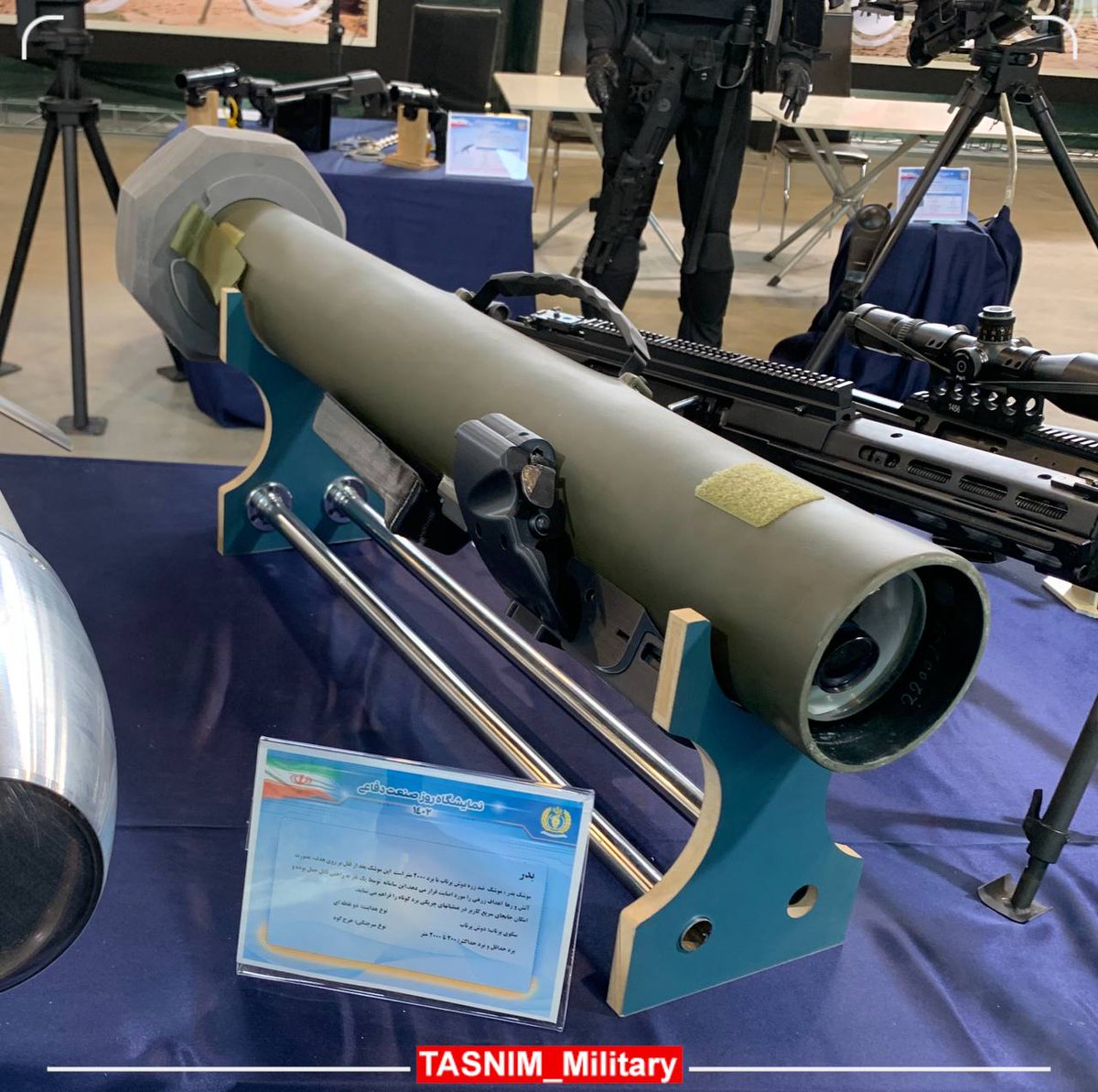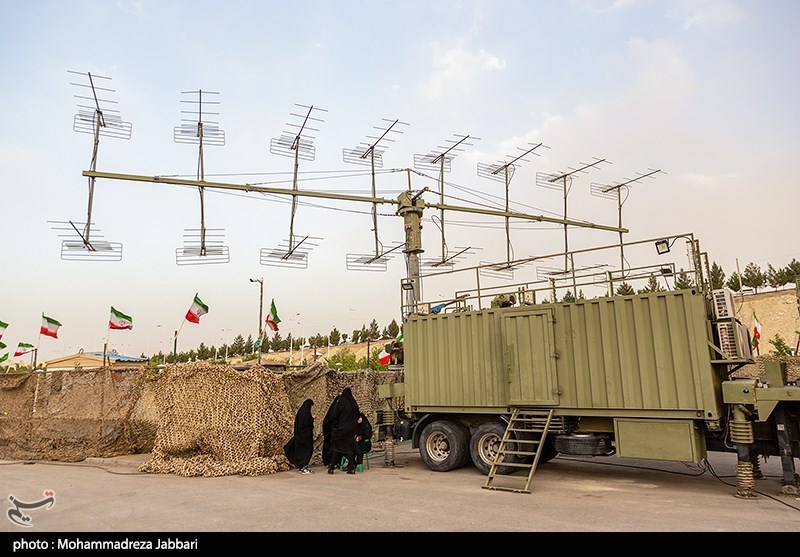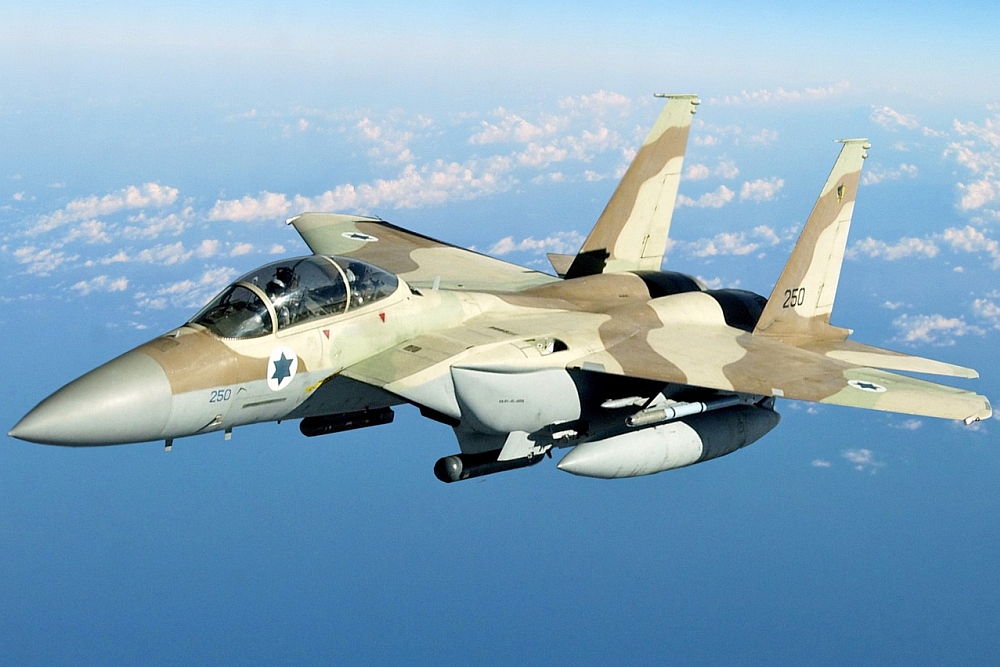Iran's defense ministry's product portfolio enters the next generation
Previous platform are replaced by upgraded or new ones
This is a breakup of the important product changes
Starting with
1: Ghadr/Emad ballistic missile (L) with Khorramshahr (R)
Role: Heavy liquid MRBM
1/n


Previous platform are replaced by upgraded or new ones
This is a breakup of the important product changes
Starting with
1: Ghadr/Emad ballistic missile (L) with Khorramshahr (R)
Role: Heavy liquid MRBM
1/n


3: Mohajer-6 MALE drone is replaced in its role with Ababil-5
Role: Lower-end MALE strike drone
As a product, its replaced by the Mohajer-10 MALE strike drone
Role: Higher-end piston-engine MALE strike and stand-off surveillance drone (3rd Photo)



Role: Lower-end MALE strike drone
As a product, its replaced by the Mohajer-10 MALE strike drone
Role: Higher-end piston-engine MALE strike and stand-off surveillance drone (3rd Photo)



4: Ghadr/Ghadir anti-ship missiles (blue color) replaced with a combination of Abu-Mahdi heavy long-range anti-Ship CM (grey color)
Plus
Nasir (R, blue color) light anti-ship missile and its planned future improved range variants
Role: 90-1000km+ range sea-skimming anti-ship CM


Plus
Nasir (R, blue color) light anti-ship missile and its planned future improved range variants
Role: 90-1000km+ range sea-skimming anti-ship CM


5: Toophan (TOW) ATGM by a combination of 🇷🇺 Kornet and 🇮🇱 Spike derived Dehlaviye and Almaz family
Variants are Kornet & Kornet-M based
&
Spike-MR/-LR/-ER based
Role: Different ground/air launch stand-off anti-tank & anti-helicopter missile, man-portable and vehicle mounted


Variants are Kornet & Kornet-M based
&
Spike-MR/-LR/-ER based
Role: Different ground/air launch stand-off anti-tank & anti-helicopter missile, man-portable and vehicle mounted


6: Saeghe (Dragon) short-range ATGM with Badr fire-and-forget ATGM
Role: Short-range "self-defense", urban warfare, commando single man, portable ATGM


Role: Short-range "self-defense", urban warfare, commando single man, portable ATGM


Some older platforms however are kept alive & in production:
Fateh solid propellant SRBM (2002), has reached its 5th generation (-F)
Qiam liquid propellant SRBM (2010) has become a light MRBM which reaches 1400km in its Rezvan variant
➡️ Probably difficult to beat economically


Fateh solid propellant SRBM (2002), has reached its 5th generation (-F)
Qiam liquid propellant SRBM (2010) has become a light MRBM which reaches 1400km in its Rezvan variant
➡️ Probably difficult to beat economically


Some platforms probably won't replace their predecessors, but are a new capability
- Long-range, guided Fajr-5 heavy artillery rocket
- Guided Falagh short-range heavy "siege" rocket
- Long-range, guided Fajr-5 heavy artillery rocket
- Guided Falagh short-range heavy "siege" rocket

• • •
Missing some Tweet in this thread? You can try to
force a refresh





















